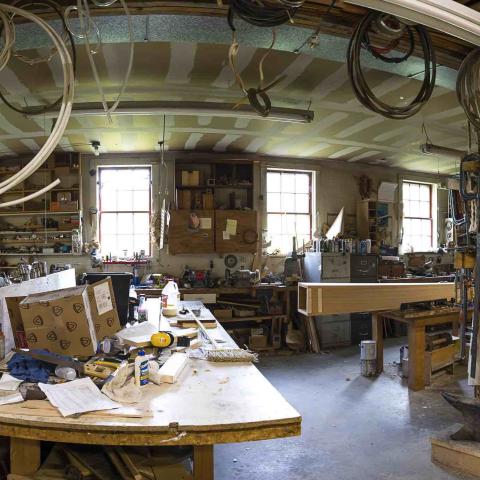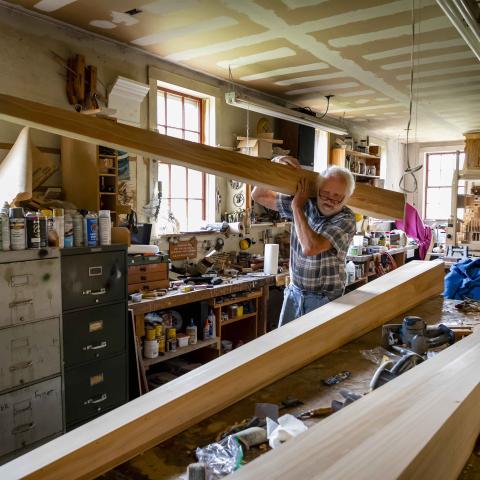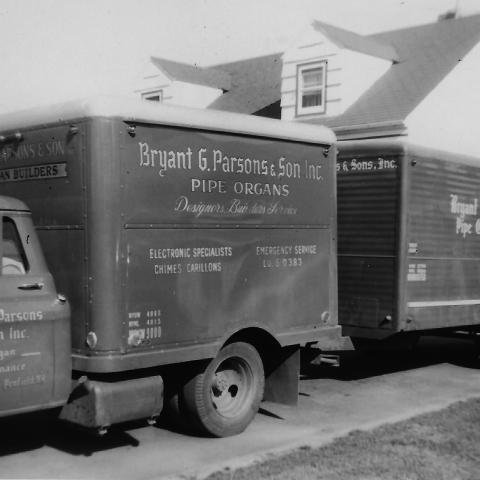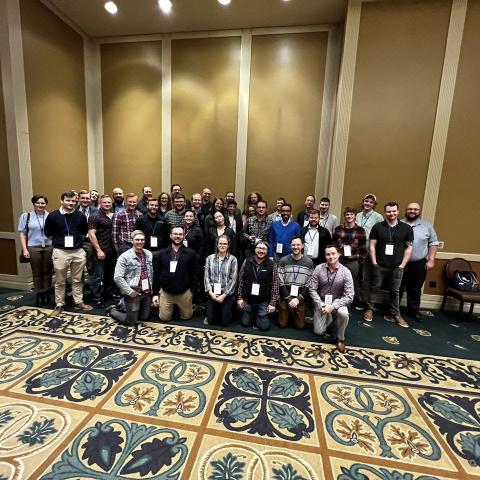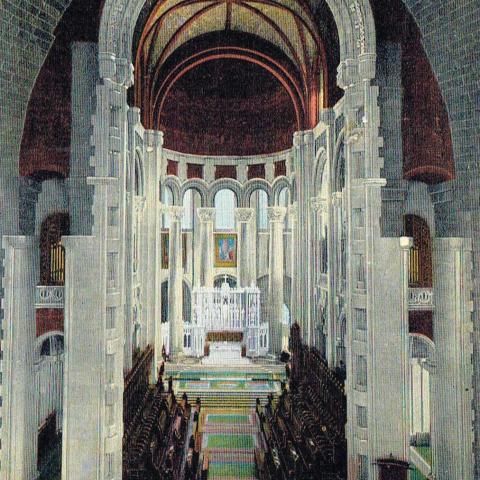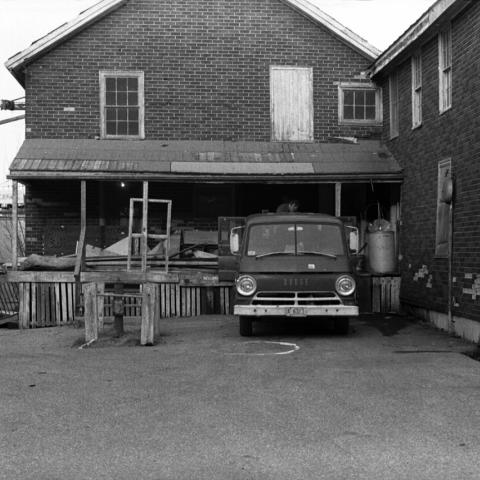Steve Riskind is an independent photographer based in Ridgewood, New Jersey. He is best known for his portraits of classical musicians. In recent years he has concentrated on artisans and fine artists at work—capturing the relationship between these skilled creators and their materials. As a long time lover of pipe organ music, photographing organbuilders has been a wonderful addition to this project. Steve Riskind’s book “art | commerce: four artisan businesses grow in an old New Jersey city” has just been published.
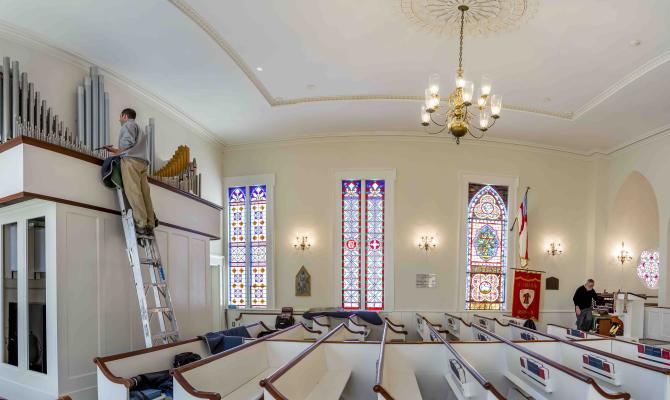
Editor’s note: the first part of this series is found in the August 2020 issue, pages 12–13.
This is the second installment of a photographic essay comparing two very different organbuilders. As a photographer, my goal is to show artisans and visual artists transforming their materials into works of beauty. In the case of artisan businesses, this transformation of materials is constrained by the need to run a profitable operation.
The first firm I photographed, Peragallo Pipe Organ Company, located near my home in New Jersey, recently celebrated its 100th anniversary and is an example of a firm that has been able to meet both economic and artistic goals. Members of the third and fourth generations of the Peragallo family now guide the company.
With the help of the staff of The Diapason, I was able to expand this essay and to find a second organbuilder who creates different kinds of pipe organs. A. David Moore has built and restored tracker-action instruments for many years in North Pomfret, Vermont. He describes his organbuilding aesthetic as late-nineteenth century. The instruments on which he works are always of mechanical action.
The founders of these two businesses learned organbuilding in their teens. John Peragallo, Sr., apprenticed with the E. M. Skinner Company. Seeking greater advancement, he took a job as head of the electrical wiring department with a Paterson, New Jersey, startup, American Master Organ Company.
After beginning work at the company’s factory in Paterson, John, Sr., was then assigned the job of installation foreman for a large theater organ in Butte, Montana. The instrument was successful, but unfortunately, the job, which had been bid very low, bankrupted the company.
Upon his return to Paterson, John Peragallo, Sr., was given the opportunity to take over the bankrupt firm’s logo and some of its factory equipment. The Peragallo Organ Company was born in the spring of 1918. Its owner was 22 years old.1, 2
David Moore’s introduction to his craft was quite different. In high school, he and a friend learned organbuilding by restoring a circa 1850 Stevens tracker instrument from a then-closed church in Vermont.3 After a three-year apprenticeship with C. B. Fisk, Inc., he started his own firm in 1973. He continues today to work out of a large two-floor shop on his family farm in Vermont.
A David Moore, Inc., is basically a one-person company, though colleagues are brought in as needed on larger projects. Moore’s operation is highly vertically integrated. Keyboards, trackers, windchests, metal and wood pipes, and cases are all fabricated in his shop. Hardware is purchased from outside vendors, as are the components for electronic combination actions when needed for larger instruments. Still, it is fascinating how much of an instrument is made from local materials on-site. David Moore is quite capable of building an entire organ himself.
At Peragallo, with four family members and approximately a dozen employees, there is far greater specialization. The Peragallo company relies much more on outside vendors, and Peragallo’s instruments make substantially greater use of electronic components than do Moore’s. All of their instruments use electric stop action and incorporate electronic combination action. In some instruments they use digitally sampled ranks to augment the organ pipes.
Photographing at each organbuilder’s shop, I have had much opportunity to think about the differences between these two businesses. Despite these differences, the joy of being at each of these places has been to watch skilled artisans transforming raw materials into pipe organs. Both of their approaches make it possible to create instruments of lasting beauty.
Notes
1. “History of the Peragallo Pipe Organ Company,” document provided by John Peragallo, IV, dated September 6, 2017.
2. “The American Master Organ Company Lives On,” by John Peragallo as told to Dave Schutt in 1974. This history of the company was posted on the University of Iowa PIPEORG-L listserv by Dave Schutt, April 13, 1998.
3. See “Organ in a Pomfret hay barn!,” Vermont Life, 1965, Summer, Volume XIX, No. 4, p. 31, for an account of David Moore and a fellow high school student’s adventure restoring a nineteenth century Stevens organ.
Photographs by Steve Riskind. Photo caption: Voicing: John Peragallo, III, at the console and Anthony Peragallo at the pipes. The instrument at Saint Stephen’s Episcopal Church, Armonk, New York, is a 1969 Casavant that was extensively rebuilt by the Peragallo company in 2016.
Author’s website: steveriskind.com
Peragallo Pipe Organ Company
Telephone: 973/684-3414
Email: john4@peragallo.com
A. David Moore, Inc.
Telephone: 802/457-3914
Email: admooreinc@gmail.com

